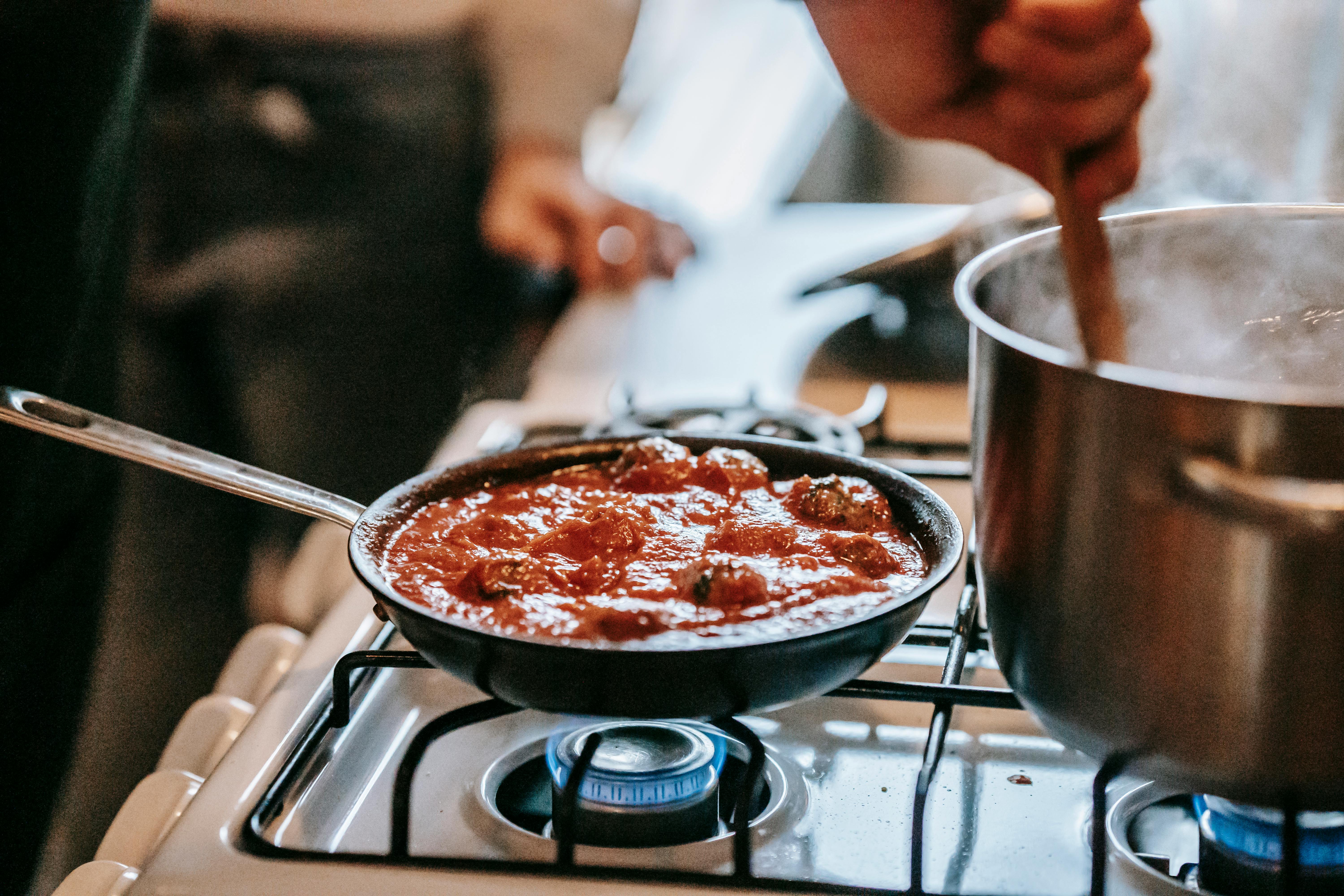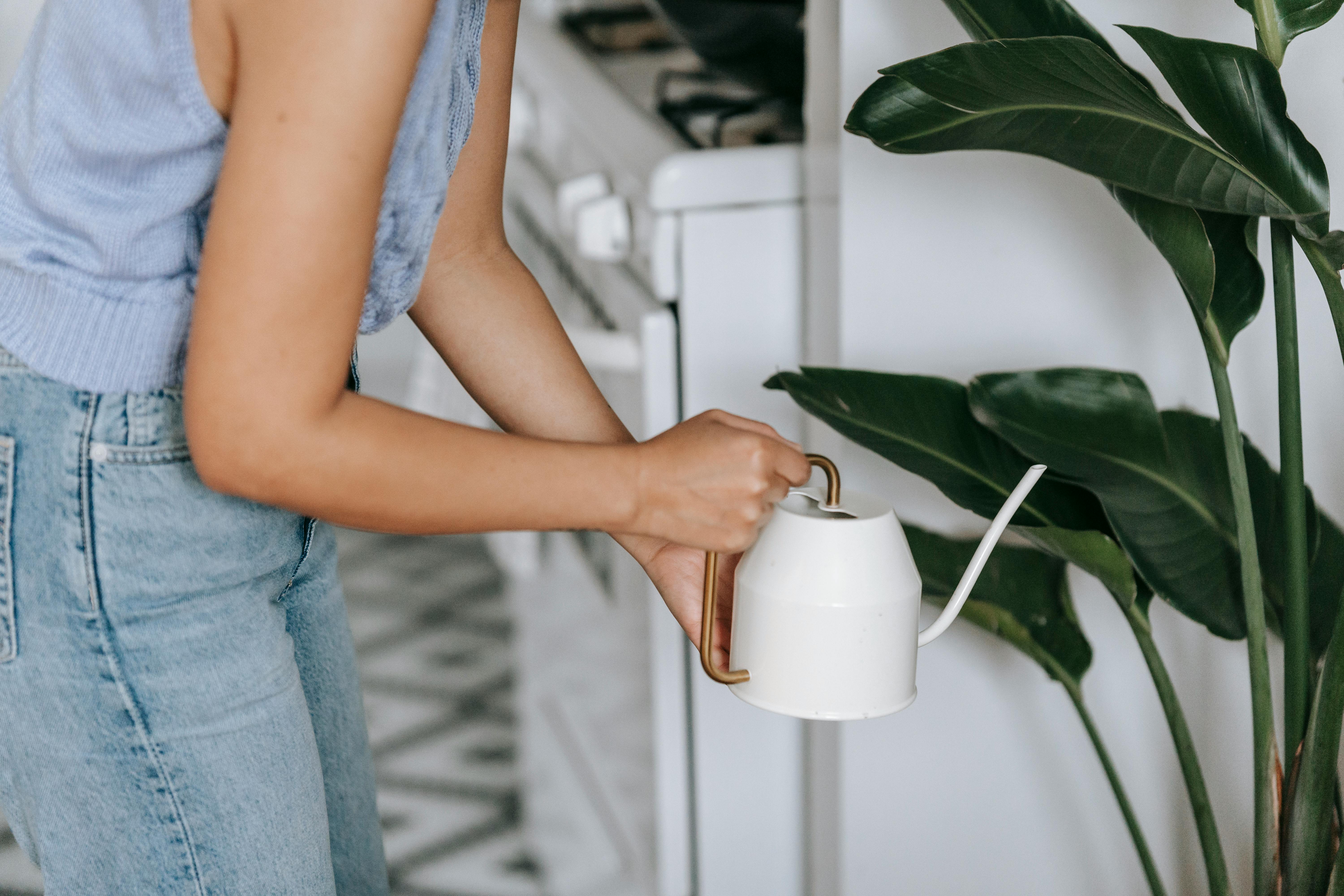Making distilled water on the stove is a simple process that can be done at home with just a few supplies. It involves boiling water and then capturing the resulting steam in a separate container. This produces water free of impurities, making it ideal for medical use or special laboratory applications. In this article, we will discuss the steps necessary to make distilled water on the stove.Distilled water is water that has been boiled into vapor and then condensed back into liquid form. It is commonly used in medical facilities and laboratories as well as for drinking water, due to its purity. Distillation removes impurities, such as minerals and salts, leaving behind pure H2O molecules.
Setting Up a Distillation Apparatus
Distillation is a process used to separate and purify liquids by heating them to their boiling point and then condensing them into a different container. To set up a distillation apparatus, you will need to have the right equipment and materials.
First, you will need a round-bottom flask, which should be heat-resistant. This flask is where you will place the liquid that needs to be distilled. You’ll also need some sort of heating source, such as an electric hot plate or gas burner.
Next, you’ll need to attach two pieces of glassware together: the condenser and the receiver. The condenser is essentially a long tube with coils that helps cool down the vaporized liquid produced from the round-bottom flask. The receiver is a container used to collect the condensed liquid after it passes through the condenser tube. Both pieces of glassware need to be securely connected together using rubber tubing or hose clamps.
Once everything is connected, you can begin heating up your round-bottom flask with your chosen
What You Need To Make Distilled Water On The Stove
Making distilled water on the stove is an easy and inexpensive way to get pure, clean water that can be used for drinking, cooking, and more. It requires just a few basic items that you probably already have around the house. Here’s what you need to make distilled water on the stove:
A large pot – You’ll need a pot that’s big enough to hold a few inches of water with room left over for steam to collect. A 6-quart pot should work well for most applications.
A heat source – All you need is a stovetop burner or other heat source that can reach boiling temperature.
Ice cubes – Adding a few ice cubes to the pot will help to cool down the steam so it condenses into liquid more quickly.
A bowl or container – This is where you’ll collect your distilled water. Make sure it’s big enough to hold at least 1 cup of water.
Cheesecloth or other material – This will be used to
Preparing The Apparatus For Use On The Stove
Preparing the apparatus for use on the stove is a simple process that requires just a few steps. First, it is important to make sure the stove is clean and free from any debris or dirt. This helps to ensure that no foreign objects will get into the apparatus during use. Once the stove is clean, it is important to check that all of the necessary parts are in place and that they are properly assembled. If any pieces are missing, they should be replaced before use.
Next, the apparatus needs to be securely placed on top of the stove. It is important to ensure that all of the connections are properly secured and that no gas or other flammable materials can enter through them. After this has been done, it is time to turn on the gas and light the flame of the burner. It is important to make sure that all controls are set correctly for optimal performance.
Once everything has been set up properly, it is time to begin using the apparatus on the stove. It is important to pay attention when using this type of equipment as it can be dangerous if not used correctly. Once
Setting Up The Stove
Setting up the stove is an important part of installing a new kitchen. Whether you’re replacing an old stove or installing a new one, it’s important to properly install the unit in order to ensure it works properly and safely. Before you begin, check your local building codes for any special requirements regarding installation of the unit.
The first step in setting up the stove is to measure the area where it will be installed. Make sure you have enough space for the unit and that it will fit properly in the space. Once you’ve measured the space, mark off where you will be installing the unit.
Next, you’ll need to prepare the area for installation by clearing away any debris from around the area and making sure there are no obstructions that could interfere with proper installation. Then, lay out any tools or materials that you will need such as screws, drill bits, etc.
Once your area is ready for installation, use shims to level out the area before securing the stove in place. Place shims underneath each

Boiling Water In A Vessel On The Stove
Boiling water in a vessel on the stove is a simple and effective way to make hot beverages such as tea, coffee, hot cocoa, and more. To boil water in a vessel on the stove, you will need a pot or kettle that is suitable for use on a stovetop. Fill the pot with cold tap water. Place the pot on the stove and turn it up to high heat. Allow the water to come to a rolling boil. Once boiling, reduce the heat or remove from heat source so that it maintains a gentle boil. Boiling time will depend on your altitude and type of stove used but should generally take between three to five minutes. When finished boiling, turn off the burner and use caution when removing from heat source as the pot may be very hot.
Collecting The Distillate From Condenser Outlet
Distillation is a process used to separate components of a liquid mixture based on their boiling points. In order to achieve this, the mixture is heated in a vessel and the vapour is collected and cooled in a condenser. The distillate, which is the liquid forming as a result of condensation, then needs to be collected from the outlet of the condenser.
This can be done by attaching a collection flask to the outlet of the condenser and allowing the distillate to flow into it. The collection flask should be chosen carefully depending on the volume and concentration of distillate being collected, as well as any other requirements. It must also be heat resistant and have good thermal insulation properties so that it can withstand high temperatures and maintain an even temperature throughout.
The distillate should also be collected under an inert atmosphere such as nitrogen or argon in order to prevent oxidation or other chemical reactions. This is especially important for highly reactive materials like organic compounds. After collecting the desired amount of distillate, it should then be stored in an
Monitoring Temperature And Quality Of Distillate Being Collected
Distillate is a liquid product that is produced through distillation processes. It is important to monitor the temperature and quality of the distillate being collected in order to ensure a consistent quality of the final product. In order to do this, it is necessary to use specialized monitoring equipment such as thermometers and refractometers. These instruments measure the temperature and density of the distillate, as well as other parameters such as color, clarity, and odor. The use of these instruments allows for accurate measurement of the temperature and quality of the distillate being collected so that any irregularities can be identified and addressed quickly.
Another important part of monitoring temperature and quality of the distillate being collected is to ensure that it meets all safety regulations. This includes ensuring that it does not contain any traces of hazardous materials or contaminants that could pose a health risk to consumers or workers. Additionally, it is important to make sure that all relevant environmental regulations are met when collecting distillates in order to protect local air, soil, and water sources from contamination.
Finally, regular maintenance and testing

Conclusion
Distilled water is a great way to remove impurities from water and is easy to make on the stove. All you need is a pot, some ice, and tap water to get started. The process involves boiling the tap water, collecting the steam that rises from the boiling process, and condensing it back into liquid form. This liquid is distilled water and should be free of any impurities found in tap water.
It does take some time to boil and condense the steam but it’s worth it for the cleanliness of your drinking water. Be sure to follow safety guidelines when dealing with boiling liquids, and always store your distilled water in a glass container with a lid or stopper.
Overall, making distilled water on the stove isn’t difficult or time consuming; as long as you have all of the necessary supplies, it’s worth giving this method of distillation a try!
Happy distilling!

